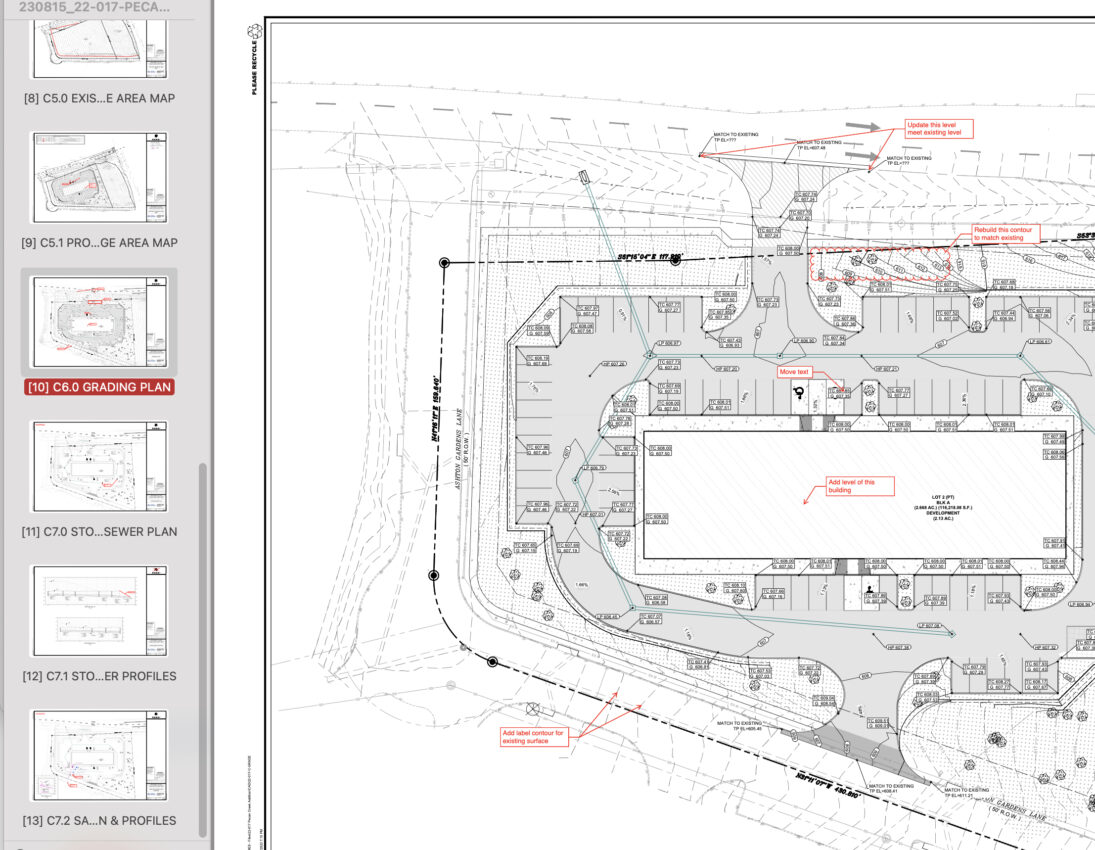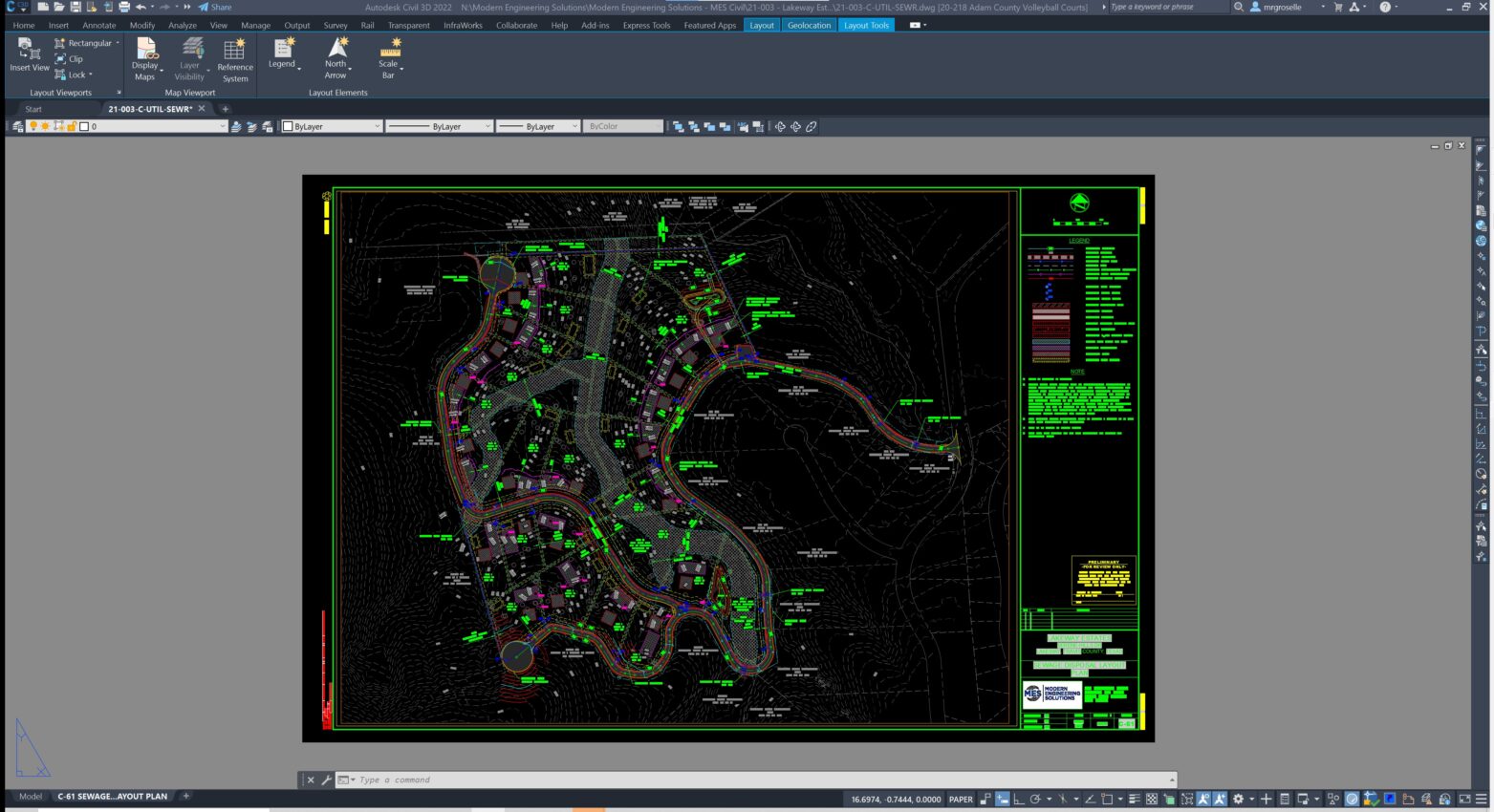PDFs vs. AutoCAD: Decoding the Superior Tool for Seamless Engineering Design Review
Think of project engineering like putting together a complex puzzle. Design reviews are like the moments when you step back to make sure all the pieces fit just right. As technology keeps moving forward, the old way of doing design reviews with plain PDF files is getting a makeover.
Now, there’s a cool tool called AutoCAD that’s changing the game. It’s like giving that puzzle a magical boost, making reviews smoother and project submissions a breeze.
In this article, we’re going to explore the differences between PDF design reviews and the supercharged world of AutoCAD. Plus, we’ll take a trip back in time to see how things used to be done and how they’ve gotten even better today.
PDF-Based Design Review
Historically, design review processes heavily relied on PDF documents to convey engineering plans and concepts. PDFs are static files that offer a convenient way to share documents across various platforms while maintaining formatting and accessibility.
However, when it comes to engineering design reviews, PDFs have several limitations that hinder effective project analysis and collaboration.
Lack of Interactivity: PDFs are essentially static images of drawings or documents. They lack the interactivity required for detailed examination, measurement, and analysis of complex engineering designs.
Limited 3D Visualization: Engineering projects often involve intricate three-dimensional structures. PDFs struggle to convey 3D models effectively, making it challenging to visualize spatial relationships accurately.
Difficulty in Collaboration: PDF-based design reviews can lead to communication barriers among project stakeholders. Annotations and comments may not be integrated seamlessly, leading to potential misunderstandings.

AutoCAD Advantages for Project Review
AutoCAD, a powerful computer-aided design (CAD) software, addresses many of the limitations associated with PDF-based design reviews. Its dynamic nature and advanced features make it a superior choice for project review and submittals.
Realistic 2D and 3D Visualization: AutoCAD enables engineers to create detailed and accurate 2D and 3D models of projects. This level of visualization facilitates better understanding of design intent, potential issues, and overall project scope.
Precise Measurement and Analysis: AutoCAD allows for accurate measurements, enabling engineers to assess dimensions, distances, and angles with precision. This feature is crucial for verifying compliance with design specifications.
Enhanced Collaboration: AutoCAD’s collaborative features enable real-time annotations, comments, and markups directly within the software. This streamlines communication among project stakeholders, leading to more effective feedback and revisions.
From Historical to Current Practices
The shift from PDF-based design reviews to AutoCAD-based reviews signifies a broader transformation in the field of project engineering.
Technological Advancements: The transition to AutoCAD reflects the industry’s embrace of advanced technology to streamline processes and improve outcomes. AutoCAD leverages computer capabilities to create more comprehensive and accurate design representations.
Improved Efficiency: AutoCAD’s dynamic nature accelerates the design review process. Engineers can quickly make modifications, assess their impact, and iterate designs more efficiently than with static PDFs.
Adaptation to Industry Changes: As construction and engineering projects become more complex, the need for robust tools like AutoCAD becomes evident. AutoCAD caters to the demands of modern projects, offering a comprehensive platform for design, analysis, and collaboration.
Conclusion
The evolution from PDF-based design reviews to AutoCAD-based reviews exemplifies the dynamic nature of the project engineering field. While PDFs continue to serve certain document-sharing purposes, AutoCAD emerges as the preferred choice for project review and submittals due to its interactive 2D and 3D visualization, precise measurement capabilities, and enhanced collaboration features. The shift underscores the industry’s commitment to embracing technological advancements and improving the efficiency and quality of design review processes.

